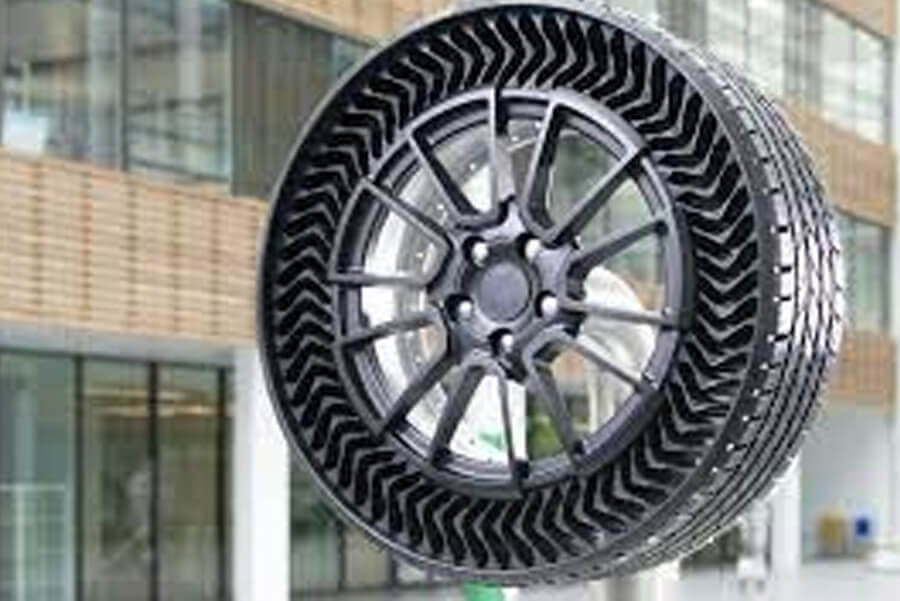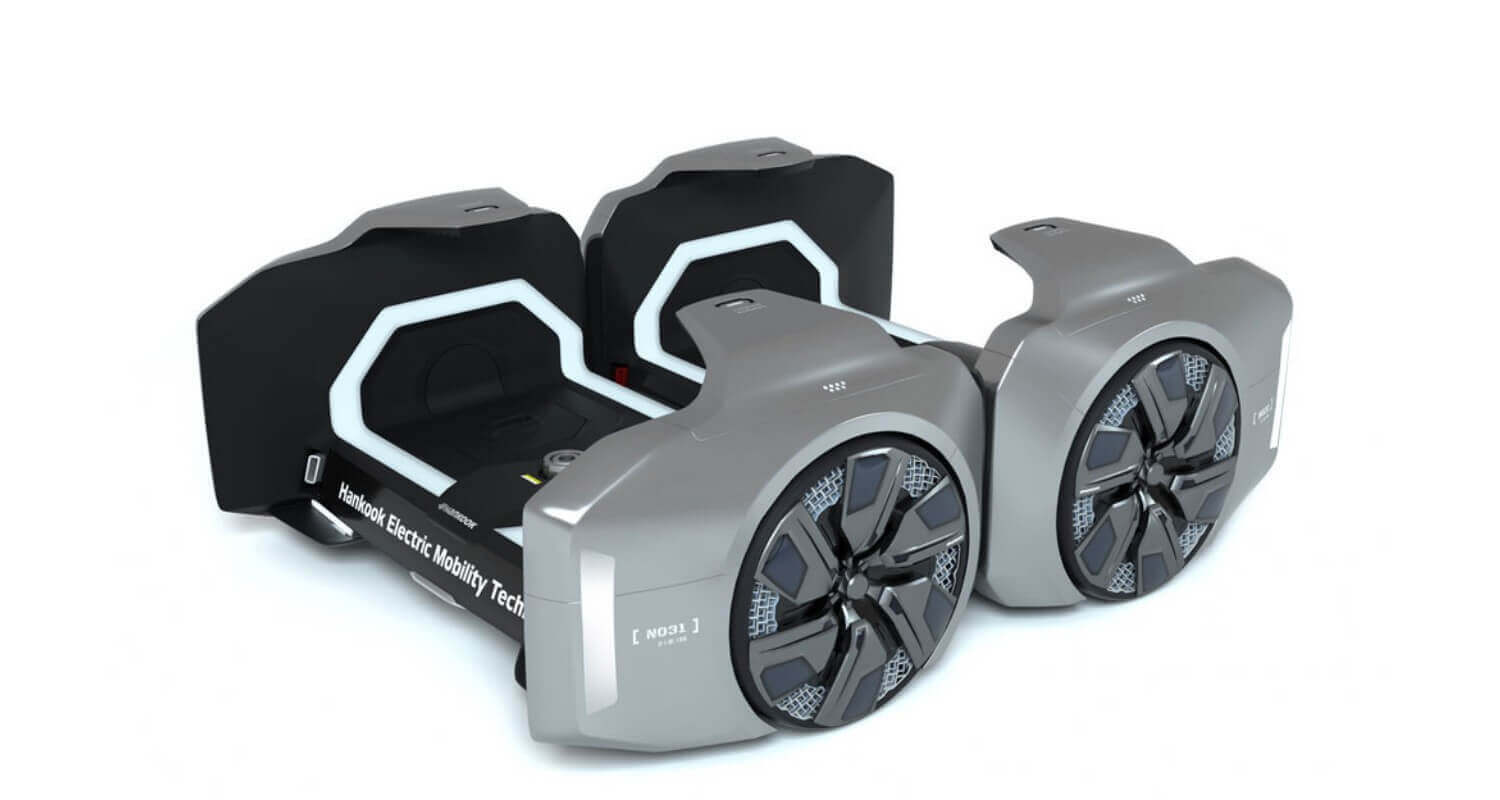For a long time now, manufacturers have been promising the tire of the future, tubeless and theoretically puncture-proof, in addition to being more durable and less expensive. Too good to be true? That’s what some rumors were saying, given the lack of such products on the market, despite the large number of prototypes presented over the last decade.
However, this year, Michelin proved those rumors wrong by unveiling its first airless model for the passenger car market at the IAA Mobility show. Say hello to the UPTIS concept, an acronym for Unique Punctureproof Tire System.
Economically friendly…
The most obvious benefit of a potentially puncture-proof product is its longer life and greater resistance to impacts and cuts. A more resistant tire also means fewer visits to your mechanic and, of course, a lower bill! According to Michelin, with the UPTIS, there’s no need for a spare tire, since its recycled rubber and resin structure is designed to hold up no matter what the road throws at it.
As with the Vision concept, first introduced in 2017, the secret to the UPTIS’ impressive strength lies in its honeycomb design and soft yet ultra-strong material. As it deforms under the force of impact and then returns to its original shape, there’s no need for an inner tube to stabilize your ride! You’ll never need to check your tire pressure again!
…and environmentally friendly!
The other major benefit of creating such long-lasting tires is that they reduce the environmental impact of our driving. In addition to creating waste that is difficult to recycle, most of today’s tires use natural rubber from the rubber tree, a plant whose cultivation can be problematic. UPTIS, on the other hand, is made up of a majority of recycled rubber, and Michelin would like to increase this proportion to almost 100%.
To further encourage green driving, the concept model has been designed to optimize driving for electric cars. We don’t have many details on the subject yet, but if the rest of the Michelin models designed for this category are anything to go by, it’s in the area of stability and rolling resistance that they’ll probably stand out. Indeed, by reducing the tire’s resistance, we also reduce the energy needed to move forward, which can increase the vehicle’s autonomy.
It is not known when the company plans to officially launch its revolutionary product on the market, but what is certain is that it could well mark the arrival of a new generation of tires. Will we ever find the “puncture-proof” category on Blackcircles.ca?






